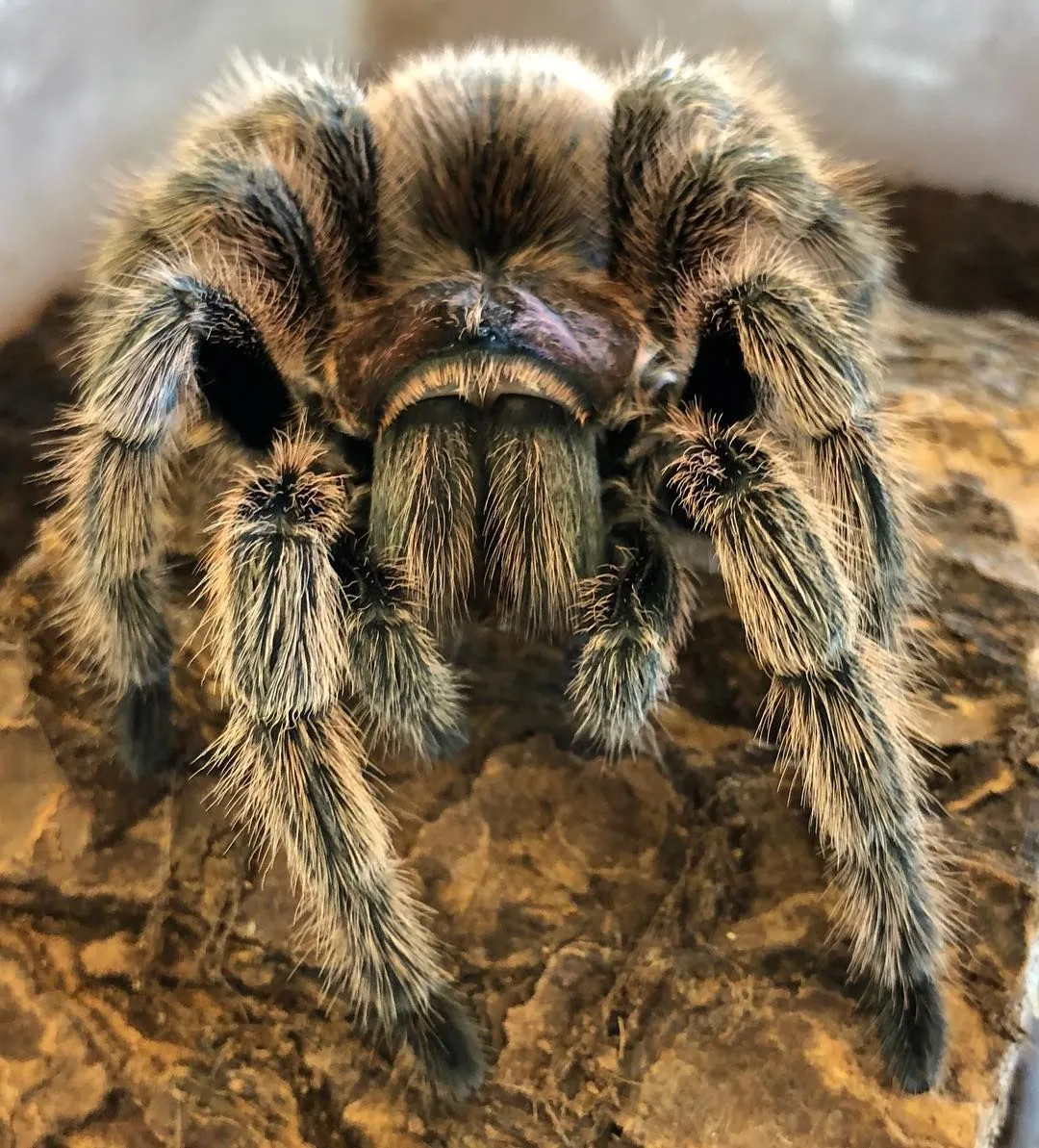Rose Hair Tarantula Care How To Guide
The Rose Hair Tarantula, scientifically known as Grammostola rosea, is a popular pet among tarantula enthusiasts. Known for its docile temperament and relatively easy care requirements, it’s an excellent choice for beginner tarantula keepers. This comprehensive guide provides essential information on how to properly care for your Rose Hair Tarantula, ensuring its health, happiness, and longevity. From choosing the right specimen to understanding its specific needs regarding housing, feeding, and health, this guide covers everything you need to know to provide the best possible care for your fascinating arachnid companion. Whether you’re a first-time tarantula owner or looking to refine your care techniques, this guide will serve as your go-to resource for Rose Hair Tarantula husbandry.
Choosing Your Rose Hair Tarantula
Selecting a healthy Rose Hair Tarantula is the first crucial step. Look for an active tarantula with a plump abdomen. A tarantula that is alert and responsive to its environment is generally a good sign. Avoid specimens that appear lethargic, have a shrunken abdomen (indicating dehydration or starvation), or have any visible injuries. Purchasing from a reputable breeder or pet store is highly recommended, as they can provide information on the tarantula’s origin, age, and any specific care requirements. A well-established breeder will often be able to offer valuable advice and support as you embark on your tarantula-keeping journey.
Where to Buy a Rose Hair Tarantula
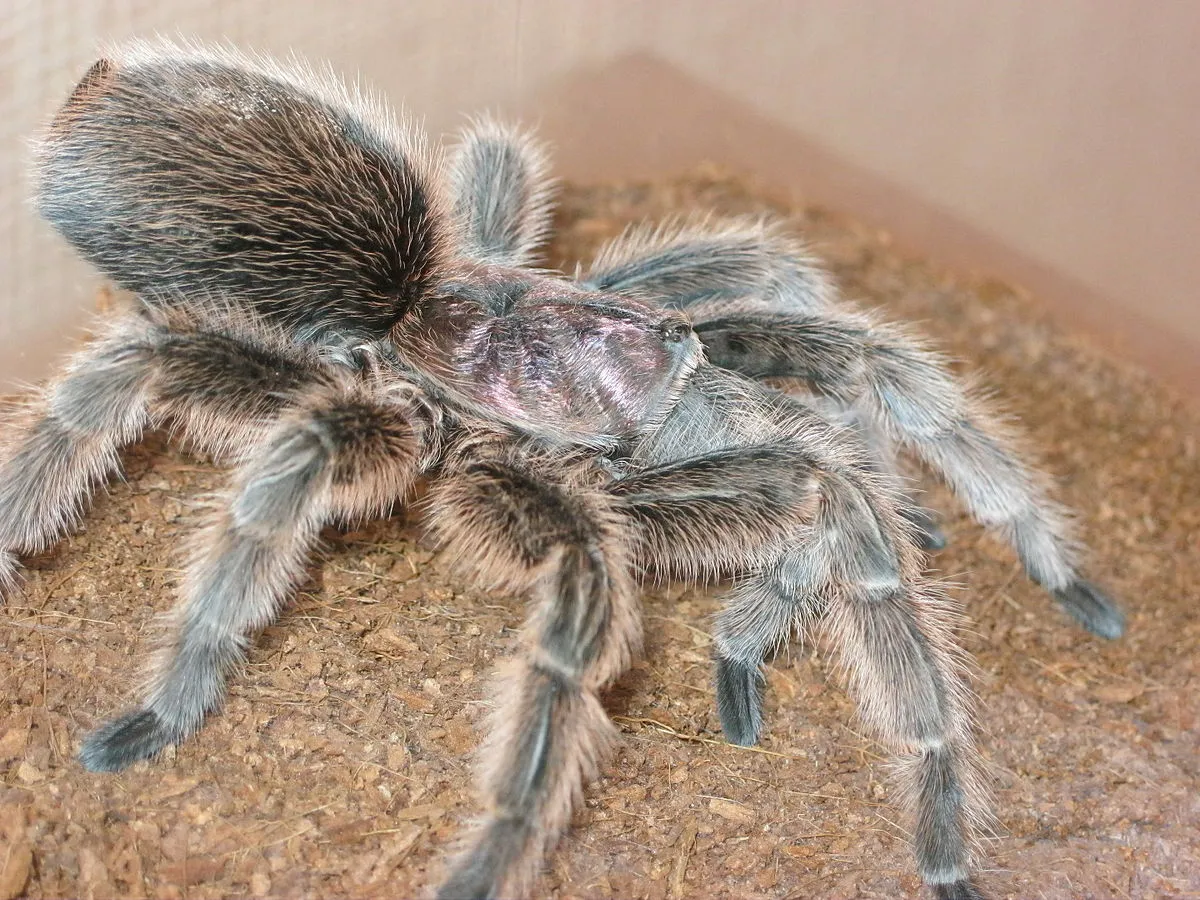
You can purchase Rose Hair Tarantulas from several sources. Local pet stores that specialize in reptiles and exotic pets often carry them. Online breeders and retailers are also a convenient option, offering a wide selection and the possibility of having the tarantula shipped directly to you. When buying online, always research the seller’s reputation and read reviews. Consider attending reptile expos or tarantula shows, where you can meet breeders and see the tarantulas in person before making a purchase. This also allows you to ask questions and learn more about the tarantula’s care.
Things to Consider Before Buying
Before bringing a Rose Hair Tarantula home, ensure you have the appropriate housing and supplies ready. Research the tarantula’s specific care requirements, including temperature, humidity, and feeding needs. Understand that tarantulas can live for many years, with females often living longer than males. This is a long-term commitment, so make sure you’re prepared to provide proper care throughout its lifespan. Also, ensure that keeping a tarantula is legal in your area and that you have access to any necessary permits or licenses.
Housing Your Rose Hair Tarantula
Creating the right habitat is essential for your Rose Hair Tarantula’s well-being. The enclosure should provide a secure and comfortable environment that mimics its natural habitat. Proper housing helps the tarantula feel safe and secure, which is crucial for its overall health and behavior. An appropriately sized enclosure allows for ease of movement, exploration, and provides sufficient space for the tarantula to molt successfully. Remember, a well-designed habitat not only supports the tarantula’s physical needs but also contributes to its psychological well-being.
Terrarium Size and Setup
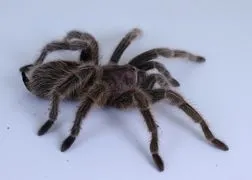
A ten-gallon tank is generally suitable for juvenile Rose Hair Tarantulas, while a larger enclosure (such as a 20-gallon long) is recommended for adults. The enclosure should be secure, with a tight-fitting lid to prevent escape. Ensure the lid has proper ventilation to allow for airflow and prevent the buildup of excessive humidity. The terrarium should include a substrate layer, a hide, a water dish, and possibly some decorative elements like artificial plants or cork bark for enrichment and climbing. The size of the enclosure should be appropriate for the tarantula’s size, giving it room to move and explore without feeling overwhelmed.
Substrate Selection
The substrate is the bedding material on the bottom of the enclosure, and it’s essential for maintaining humidity, providing a place for the tarantula to burrow (if it chooses), and absorbing waste. Recommended substrates include a mix of peat moss, coco fiber, and vermiculite, or simply a layer of organic potting soil. Avoid using substrates that are too dusty or that can easily mold. The substrate should be deep enough to allow the tarantula to burrow if it wishes, typically around 2-4 inches. Regular spot cleaning of the substrate is necessary to remove any uneaten food or waste, and the substrate should be replaced periodically to maintain a healthy environment. Make sure to use pesticide-free substrate.
Temperature and Humidity Requirements
Rose Hair Tarantulas thrive in a temperature range of 75-85°F (24-29°C). You can maintain this temperature using a heat lamp or a heat mat placed on the side of the enclosure. Avoid placing the heat source directly under the enclosure, as this can overheat the substrate and harm the tarantula. Humidity levels should be kept between 60-70%. You can monitor humidity with a hygrometer. To maintain the correct humidity, mist the enclosure lightly with water every few days, and ensure the substrate is slightly damp but not waterlogged. Proper temperature and humidity are critical for the tarantula’s health, appetite, and molting process.
Heating and Lighting
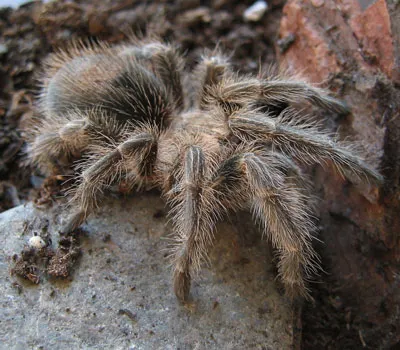
While Rose Hair Tarantulas do not require special lighting, a low-wattage heat bulb can help maintain the desired temperature. If you use a heat lamp, ensure it doesn’t get too hot and that the tarantula can’t get too close to it. A heat mat placed on the side of the enclosure is a safer option. Avoid direct sunlight, as this can overheat the enclosure. A regular day/night cycle is beneficial, so avoid leaving lights on constantly. The main goal is to provide a stable and comfortable environment.
Feeding Your Rose Hair Tarantula
Feeding is a crucial aspect of Rose Hair Tarantula care. Proper nutrition is essential for their growth, health, and longevity. Understanding what to feed, how often to feed, and how to ensure the tarantula is getting enough to eat are all critical components of providing excellent care. It’s important to observe the tarantula’s feeding habits and adjust your feeding schedule as needed. Avoid overfeeding, as this can lead to health problems.
What to Feed Your Tarantula
Rose Hair Tarantulas primarily eat insects. Crickets, mealworms, and roaches are all good options. The size of the prey should be appropriate for the tarantula’s size; the prey should be no larger than the tarantula’s abdomen. You can also offer pre-killed insects, especially for newly molted tarantulas that may be more vulnerable. Always ensure the insects you feed are gut-loaded with nutritious food before feeding them to your tarantula. This provides the tarantula with more vitamins and minerals.
Feeding Frequency
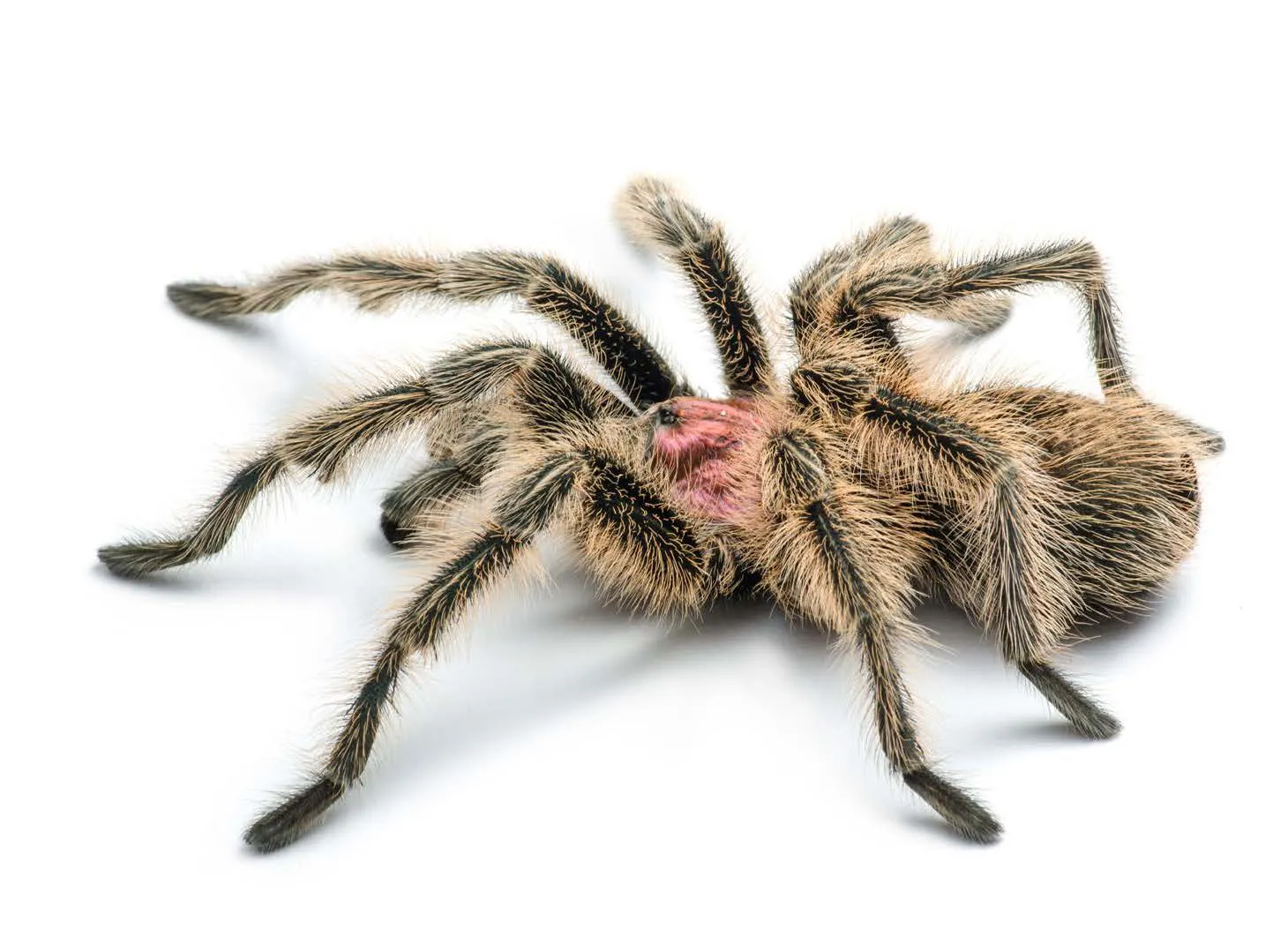
Juvenile Rose Hair Tarantulas should be fed 2-3 times a week, while adults can be fed once a week or even less frequently. Observe your tarantula’s feeding habits; if it consistently refuses food, it may be in pre-molt or not hungry. Remove any uneaten prey within 24 hours to prevent stress to the tarantula and to avoid the insects from bothering the tarantula. Adjust the feeding schedule based on the tarantula’s appetite and growth stage. A healthy tarantula will generally have a plump abdomen.
Watering and Hydration
Fresh water is essential for your Rose Hair Tarantula’s health. Provide a shallow water dish with fresh, clean water at all times. Make sure the dish is not too deep, as it could be a drowning hazard. You can also mist the enclosure lightly every few days to provide additional moisture, especially during molting. Ensure the water dish is regularly cleaned to prevent bacteria or algae growth. Water should always be available, as dehydration can be fatal.
Handling and Interaction
While Rose Hair Tarantulas are known for their docile nature, handling should be approached with caution. It’s important to prioritize the tarantula’s well-being and safety. Unnecessary handling can stress the tarantula and potentially lead to injuries. Always be mindful of the tarantula’s behavior and body language before considering handling. If you choose to handle your tarantula, do so slowly and calmly.
Safe Handling Practices
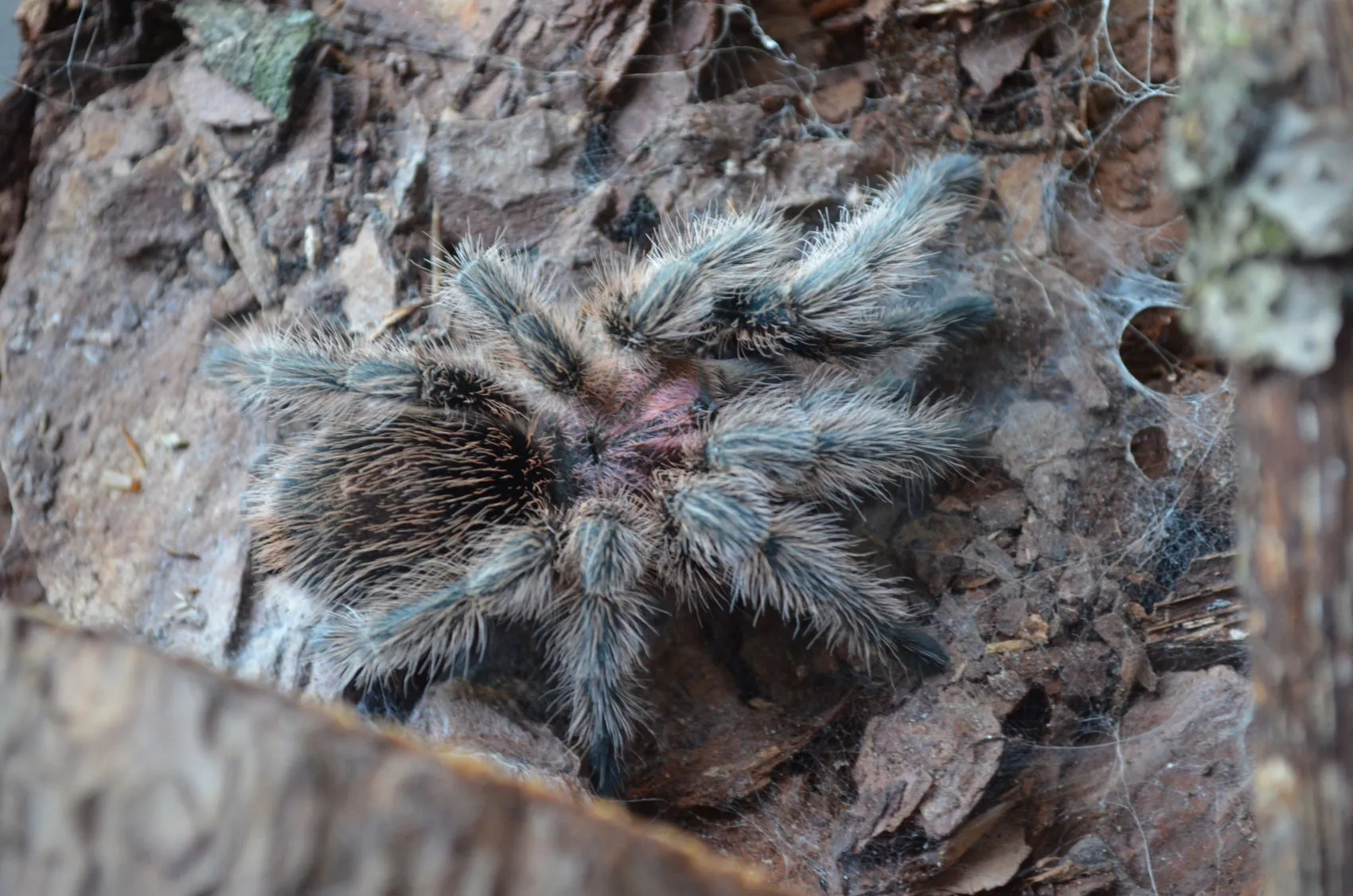
If you choose to handle your Rose Hair Tarantula, do so close to the ground or a soft surface to minimize the risk of injury if it falls. Never squeeze or drop the tarantula. Gently encourage it to walk onto your hand rather than grabbing it. Wash your hands thoroughly before and after handling to prevent the spread of germs. Be aware that tarantulas can be skittish and may flick urticating hairs as a defense mechanism, which can cause irritation.
Understanding Tarantula Behavior
Observe your tarantula’s behavior to understand its needs and mood. A tarantula that is hiding may be stressed or preparing to molt. A tarantula that is actively exploring its enclosure is generally comfortable. Be aware of defensive postures, such as raising its front legs or flicking urticating hairs. These behaviors indicate that the tarantula feels threatened and should be left alone. Understanding these cues helps you provide a more comfortable and safe environment for your tarantula.
Health and Common Issues
Rose Hair Tarantulas are generally hardy creatures, but they can still be susceptible to certain health issues. Understanding these issues and knowing how to prevent and address them is crucial for their longevity and well-being. Regular observation of your tarantula’s behavior and appearance is key to identifying any potential problems early on. Early detection and intervention can significantly improve the chances of a successful outcome.
Recognizing Molting
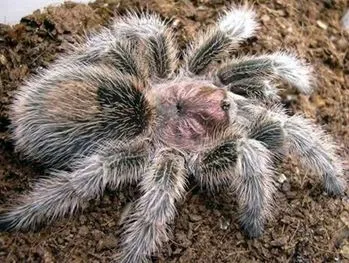
Molting is a natural process where the tarantula sheds its exoskeleton to grow. During this time, the tarantula may stop eating and become less active. The abdomen may appear darker. Provide a humid environment and avoid disturbing the tarantula during molting. Do not feed the tarantula until its fangs have fully hardened after molting. Molting can be stressful, so a calm and stable environment is essential. If a tarantula appears to be having difficulty molting, it’s important to consult with an experienced tarantula keeper or a veterinarian.
Common Diseases and Prevention
Common health issues include mites, fungal infections, and parasites. Mites can be identified by tiny, moving dots on the tarantula or in the enclosure. Fungal infections can occur in environments that are too humid or have poor ventilation. To prevent these issues, maintain a clean and well-ventilated enclosure. Remove any uneaten food promptly and provide fresh water. If you suspect your tarantula has a health problem, consult with a veterinarian experienced in treating exotic animals or seek advice from experienced tarantula keepers. Early intervention is key to successful treatment.
Rose Hair Tarantula Breeding Guide
Breeding Rose Hair Tarantulas is a rewarding but complex process. It requires careful planning, preparation, and understanding of tarantula behavior. This section offers insights into the essential aspects of successfully breeding these fascinating creatures. It’s a process that requires a high degree of knowledge and care.
Setting Up Breeding Environment
To breed Rose Hair Tarantulas, you’ll need a mature male and female. The female should be well-fed and healthy. Prepare a separate breeding enclosure with appropriate temperature, humidity, and substrate. Ensure the environment is stable and stress-free. Introduce the male to the female’s enclosure when the female is ready to mate. Observe the mating behavior, which involves the male drumming his pedipalps on the female’s carapace. Be prepared to remove the male after mating to prevent the female from eating him. Proper environmental conditions are essential for successful breeding.
Mating Process and Egg Sac Care
After mating, the female will lay eggs and create an egg sac. Provide a secure and undisturbed environment for the female to lay the eggs. She will typically guard the egg sac until the spiderlings hatch. The incubation period varies but can be several weeks to months. Once the spiderlings hatch, separate them into individual enclosures to prevent cannibalism. Feeding the spiderlings requires small insects such as flightless fruit flies or pinhead crickets. Raising spiderlings requires a high level of care and attention.
Final Thoughts
Caring for a Rose Hair Tarantula can be a rewarding experience. By providing the proper housing, feeding, and environmental conditions, you can ensure that your tarantula lives a long and healthy life. Remember to research, observe, and learn from your tarantula’s behavior. If you have any questions or concerns, don’t hesitate to consult with experienced tarantula keepers or specialists. With proper care and attention, your Rose Hair Tarantula can become a fascinating and engaging pet for years to come. Enjoy the journey of learning and caring for your unique eight-legged friend.
